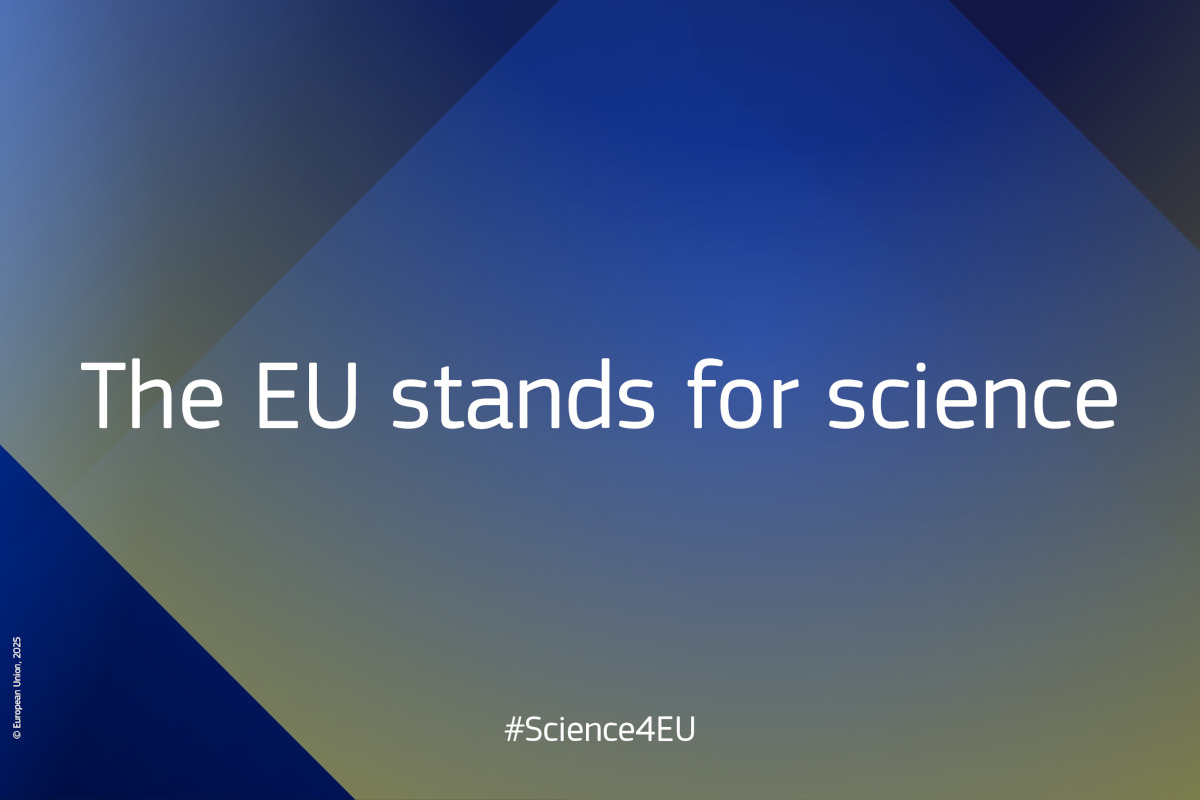An EU-funded research initiative is guiding Europe’s coal regions through the transition to renewable energy, while focusing on job creation and clean energy.
Special series

Science4EU
The Science4EU campaign shows how the EU stands for science. It shines a spotlight on the scientists, researchers, and innovators working with EU support to improve our lives and shape a better future for everyone.
Do you also stand for science?
Podcast
Media AV Portal Audio
More stories

EU-funded researchers are merging multidisciplinary expertise with AI tools to document, reconstruct and preserve Europe’s historical scents.
Most popular
-
1By Michaela Nesvarova
-
2
-
3By Andrew Dunne
-
4By Horizon Magazine staff
-
5By Ali Jones
Top videos
Art meets AI to reinvent tomorrow’s food systems
9 July 2025
Cracking the quantum code: light and glass are set to transform computing
4 July 2025
Past articles
One EU-funded project in the 1990s turned the medical world on its head by introducing 3D printing to healthcare. This led to much better outcomes for complicated surgeries, improving the lives of thousands of patients.
Researchers are using new technologies, including AI, as well as contributions from citizen scientists, to improve how we monitor and protect increasingly threatened habitats and species across Europe.
EU-backed researchers and doctors are pioneering advanced pre-implantation and prenatal genetic testing to improve the chance of healthy pregnancies in at-risk families.
EU-funded researchers are exploring the rich tapestry of puppetry in Europe since the 1600s and its contribution to shaping Europe’s cultural identity.
Researchers, national authorities and the EU work together to address maritime challenges like smuggling, illegal fishing and security threats.
In 2025, the EU will set up a new polar research body that will operate from Sweden, while scientists drill deep into polar ice to study the Earth’s climate history and help mitigate the effects of climate change on this fragile ecosystem.
From solar energy beamed from space to genetic brain maps and live self-repairing bridges, research in 2025 is promising. And we may see more changes that make cities greener and cleaner.
Staying home to dance the night away may soon be the next big thing. EU-funded researchers are using AI to create an online dancefloor for the whole world to share.
EU-funded researchers are exploring how to make strong and sustainable new materials from hard-to-crack nutshells.
EU-funded researchers are braving extreme Arctic conditions to shed light on snow’s crucial role in Earth’s climate system.
Professor Michael Hall, the 2024 Balzan Prize winner, explains how investigating a novel compound found on Easter Island led to major scientific breakthroughs in the understanding of cell growth and ageing.
In an age of smart machines, EU-funded researchers are ensuring that they are being designed with sustainability and societal well-being in mind.
EU-funded researchers are unlocking the secrets of the human eye, creating cutting-edge digital models that are transforming the quality of eye surgeries.
EU-funded researchers are building Europe’s capacity to monitor our seas and oceans and predict changing conditions.
EU-funded researchers are turning food processing waste into a valuable resource, transforming discarded biomaterials into natural fertilisers.
As the monkeypox virus continues to pose a threat to global health, EU-funded researchers are working together with international partners to manage the disease and protect the most vulnerable.
Astronomers are closer than ever to working out how the biggest galaxies in the cosmos grew so quickly before dying.
Antimicrobial resistance is a growing health threat across the world, but EU-funded scientists are working together to boost research and find new treatments.
A new generation of lasers using ultrashort bursts of light is showing great potential for the sustainable manufacturing of precision parts.
Graphene has lived up to its promise in the lab. Now, EU-funded researchers are working on supporting its wider adoption in high-end electronics, photonics and sensors.





























